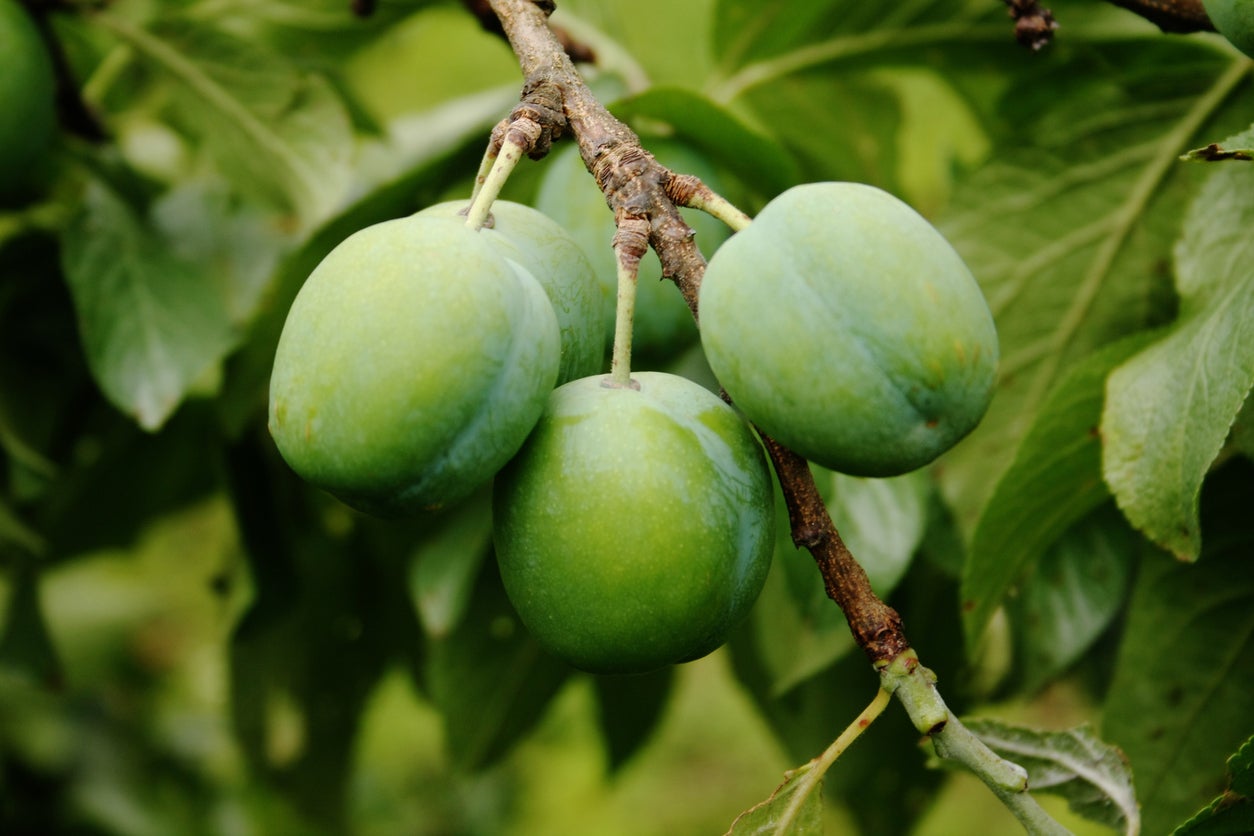Growing A Cambridge Gage – Care Guide For Cambridge Gage Plums


For a deliciously sweet and juicy plum, and one with a unique green color, consider growing a Cambridge gage tree. This variety of plum comes from the 16th century Old Greengage and is easier to grow and hardier than its ancestors, perfect for the home gardener. Enjoying it fresh is best, but this plum also holds up to canning, cooking, and baking.
Cambridge Gage Information
Greengage or just gage, is a group of plum trees that originate in France, although the Cambridge was developed in England. The fruits of these varieties are often green but not always. They tend to be juicier than over varieties and are great for fresh eating. Cambridge gage plums are no exception to this; the flavor is high-quality, sweet, and honey-like. They have a green skin that develops a slight blush as they ripen. This is a plum variety that can tolerate colder climates. The flowers bloom later in the spring than those of other plum cultivars. This means that the risk of having a frost destroy the blooms and subsequent fruit harvest is lower with Cambridge gage trees.
How to Grow Cambridge Gage Plum Trees
Growing a Cambridge gage plum tree is easier than you might think. It is mostly a hands-off variety if you give it the right conditions and a good start. Your tree will need a spot with full sun and enough space to grow 8 to 11 feet (2.5-3.5 m.) up and out. It needs soil that drains well and that has adequate organic matter and nutrients. For the first season, water your plum tree well and regularly as it establishes a healthy root system. After year one, you will only need to water it when there are unusually dry conditions. You can prune or train the tree to any shape or against a wall, but you really only need to trim it once a year to keep it healthy and happy. Cambridge gage plum trees are partially self-fertile, which means they will produce fruit without another tree as a pollinator. However, it is highly recommended that you get another variety of plum tree to make sure your fruit will set and that you get an adequate harvest. Be ready to pick and enjoy your plums in late summer or early fall.
Sign up for the Gardening Know How newsletter today and receive a free copy of our e-book "How to Grow Delicious Tomatoes".

Mary Ellen Ellis has been gardening for over 20 years. With degrees in Chemistry and Biology, Mary Ellen's specialties are flowers, native plants, and herbs.